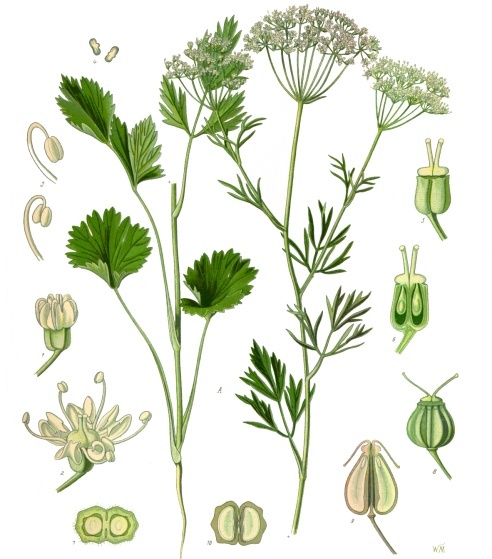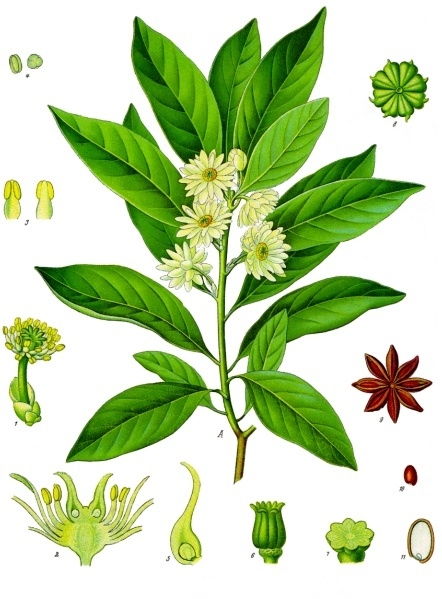The two plant genera
Centaurea and
Centaurium are commonly mixed up, even if they are very different and belong to different families. Species in
Centaurium have the common name
centaury in singular, and
centauries in plural, and unfortunately you often see this common name in herbal literature or in online sources for
Centaurea too.
CENTAURIUM (centaury) is a member of the gentian family, Gentianaceae. This genus has about two dozen species, and they are nearly all bright pink. The flowers have 5 petals, and are small, up to 1.5 cm (1/2 inch) across. (An
image search for
Centaurium shows all the varying flower types.)
CENTAUREA (knapweeds, cornflowers, star-thistles, etc.) is a member of the sunflower family, Asteraceae. There are hundreds of species in this genus, and they all have small feathery-looking flowers assembled in a tight flower head. The petals can be white, blue, pink, or purple. The flowers along the edge are longer, and the ones in the center of the flower head resembles thistle-flowers, and they are closely related to thistles. (
Image search showing the flower variation of
Centaurea.)
The similarity of the genus name
Centaurea to
Centaurium leds to confusion and the misapplied "centaurium" as a common name.
Other differing characters are that
Centaurea usually has alternate leaves (
Centaurium have opposite leaves) and the flower heads are larger in
Centaurea than the single flowers of
Centaurium.
So, why do we need to care which centaury that is in the herbal medicine, or reported? Well, to begin with, these plant groups have completely different chemicals in them. And for herbal medicine, it is the chemicals that we want, and we want the right ones. Second, if we suggest to people to use these plants, you better have the right photo (and ingredient) for the plant you intended. Third, it is just simply embarrassing if you are a company or publisher and gets this wrong. It is a classic example of why common names can be troublesome if you want to be sure about what plant that was used.
Here are some examples of where companies or other sources of information got it wrong:
- Medicinal Herb Info: Talks about Centaurium, but lists bluet and bluebottle as alternative common names, but those two names are only used in Centaurea.
- Specialty Herb Store: Same problem as above, lists common names only present in Centaurea for the medicinal Centaurium plant.
Post updated 28 January 2014 with information provided by MF.





